The history of lighthouse keepers and their lives of service
Lighthouse keepers have long been the unsung heroes of maritime history. These dedicated individuals have ensured the safe passage of countless ships, guiding them away from treacherous rocks and perilous waters.
Despite their crucial role, the lives of lighthouse keepers remain shrouded in mystery for many. This article will illuminate their world, exploring their daily duties, challenges, and contributions to nautical safety. Join us as we delve into the fascinating world of lighthouse keepers.
Origins of Lighthouses: Guiding Ships Since Ancient Times
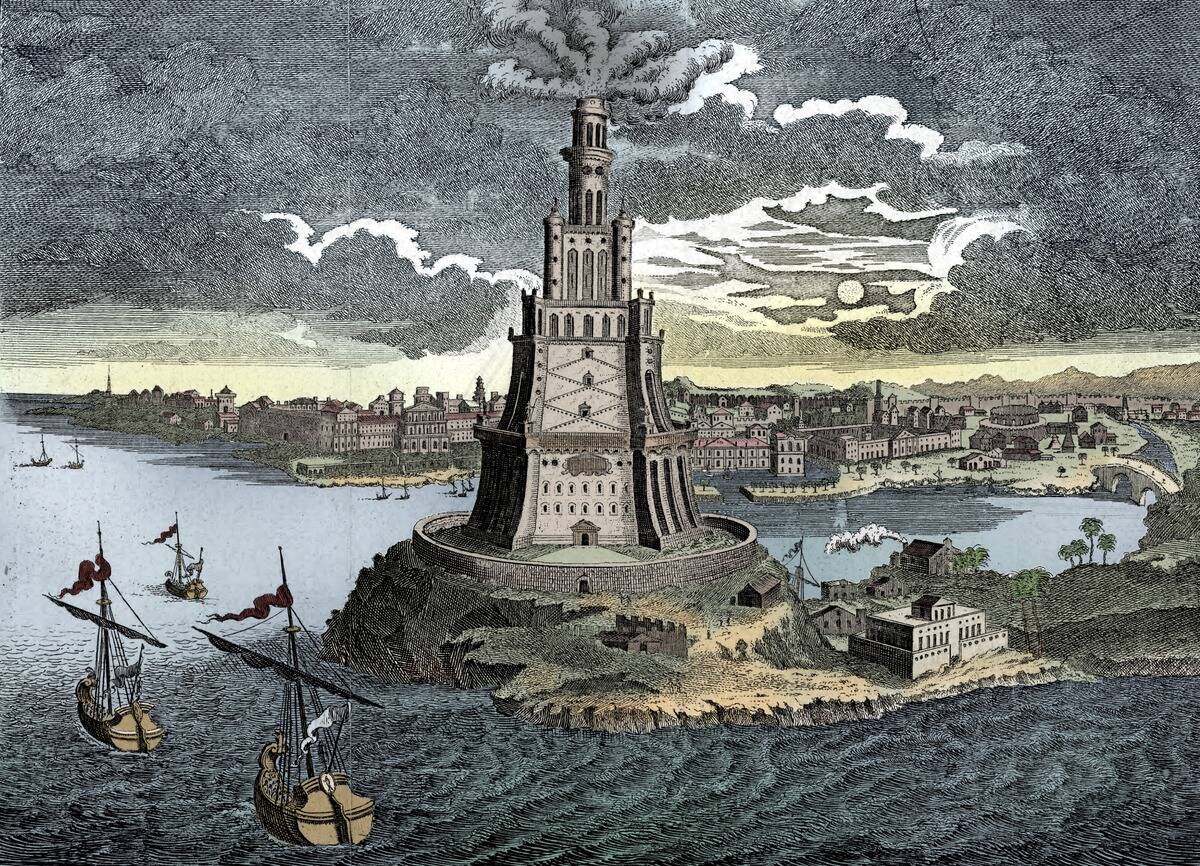
The concept of lighthouses dates back to ancient civilizations, with the Lighthouse of Alexandria being one of the Seven Wonders of the Ancient World. Constructed around 280 BC, it stood over 103 meters tall (338 feet) and guided sailors safely to the bustling port of Alexandria, Egypt.
The Romans also built numerous lighthouses across their empire, including the famed Tower of Hercules in Spain, still standing today. These early structures laid the groundwork for modern lighthouse design and function.
The Role of Lighthouse Keepers: Guardians of the Coastline
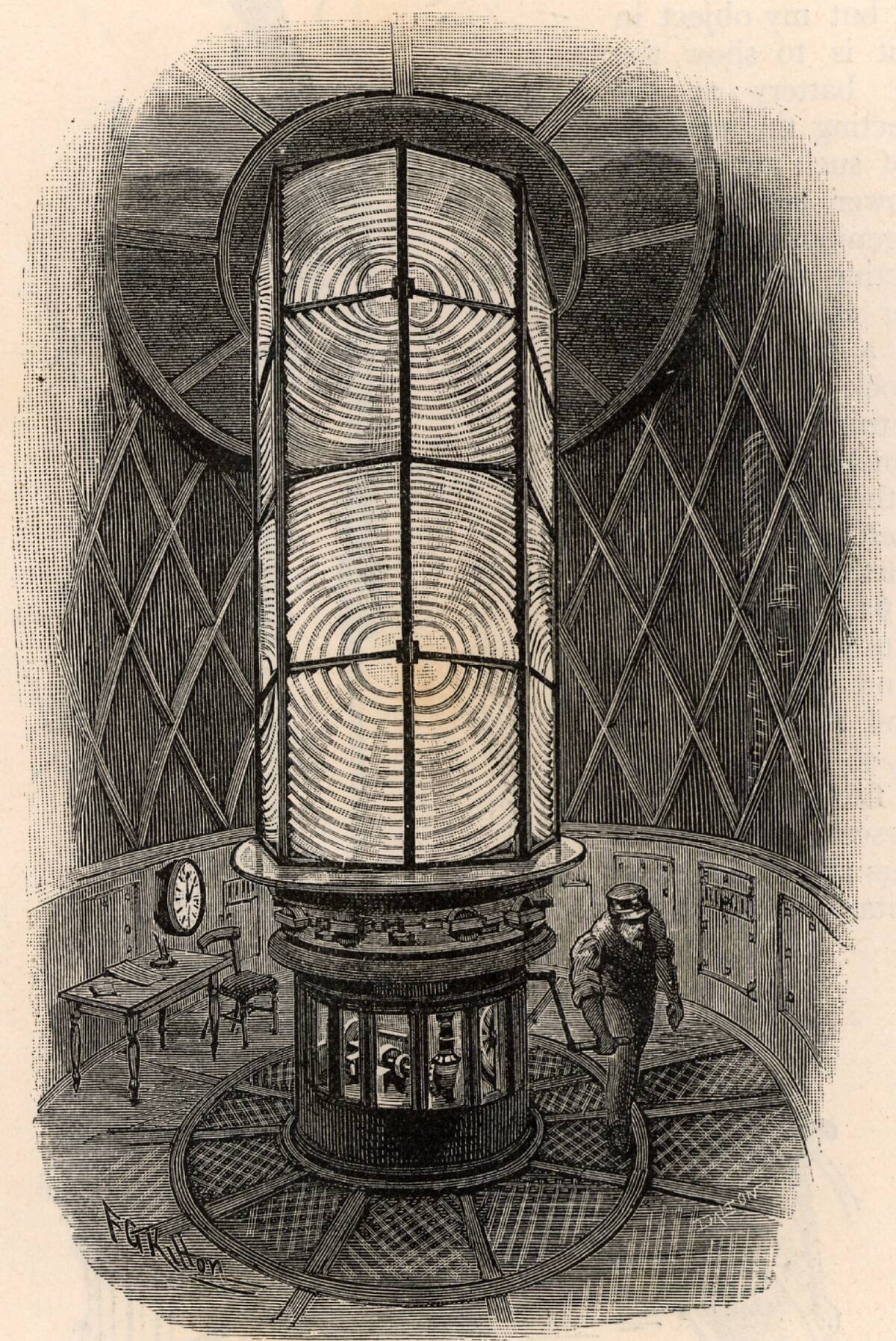
Lighthouse keepers served as the vigilant guardians of the coast, ensuring the beacon remained lit and visible to ships navigating dangerous waters. Their responsibilities extended beyond maintaining the light; they also monitored weather conditions and communicated with passing vessels.
In times of distress, keepers often participated in rescue operations, putting their lives on the line to save others. Their dedication was crucial in preventing countless maritime disasters and safeguarding coastal communities.
Daily Duties: A Day in the Life of a Lighthouse Keeper
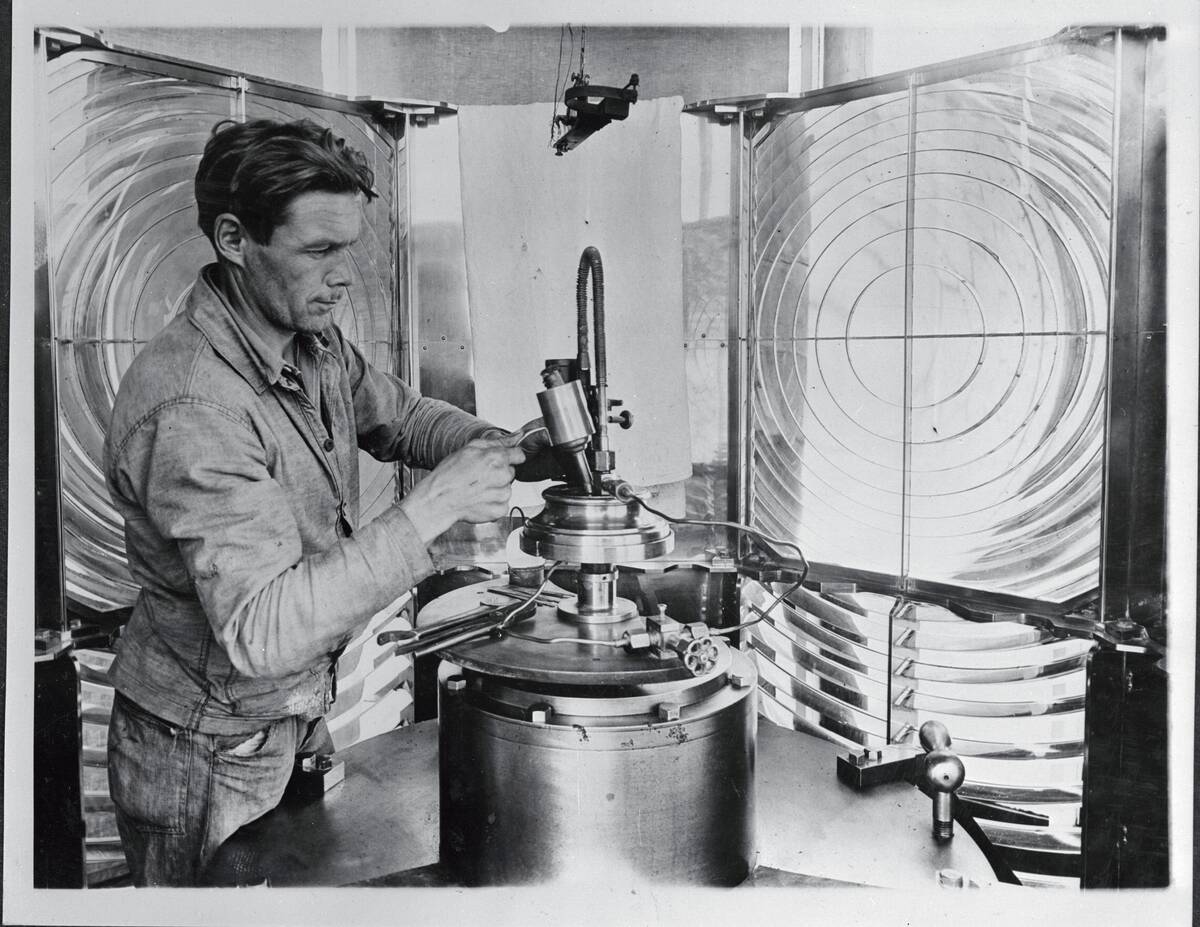
A lighthouse keeper’s day began at dawn with the task of extinguishing the light and cleaning the lens. Throughout the day, they maintained equipment, logged weather data, and polished the lens to ensure maximum brightness.
Routine checks of the oil levels and clockwork mechanisms were essential to keep the beacon shining through the night. Despite the demanding workload, keepers often found time for hobbies like reading or birdwatching, making the most of their isolated surroundings.
Living Quarters: Home Sweet Lighthouse
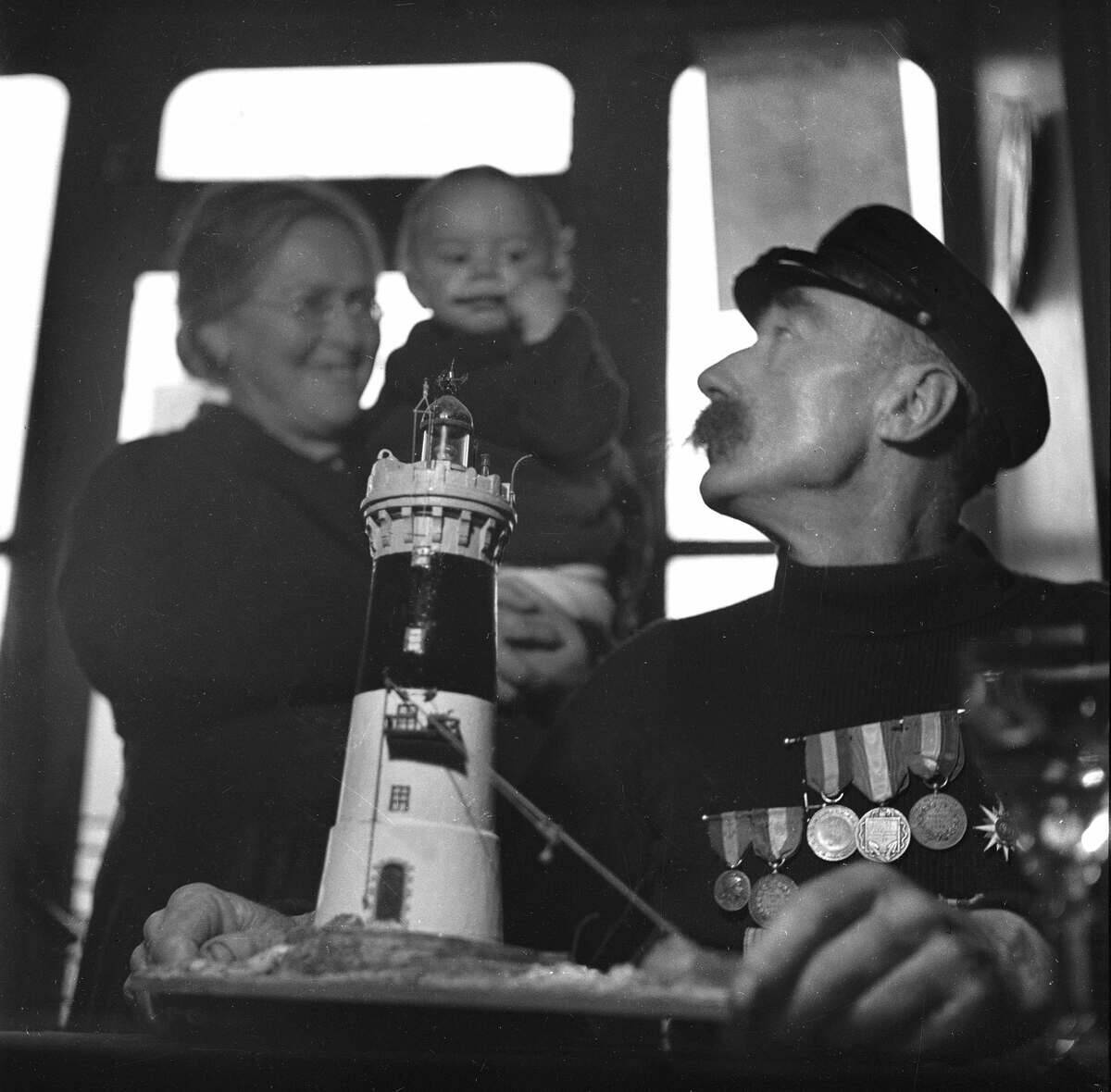
Lighthouse keepers and their families lived in adjoining cottages or within the lighthouse itself. These homes were often compact but cozy, designed to withstand harsh coastal conditions. Keepers had to be resourceful, growing their own food and sourcing fresh water.
The remote locations meant self-sufficiency was vital, and homes were equipped with essentials like wood-burning stoves. Despite the isolation, many families cherished the unique lifestyle and breathtaking views their homes provided.
Weathering the Storm: Resilience in Adverse Conditions
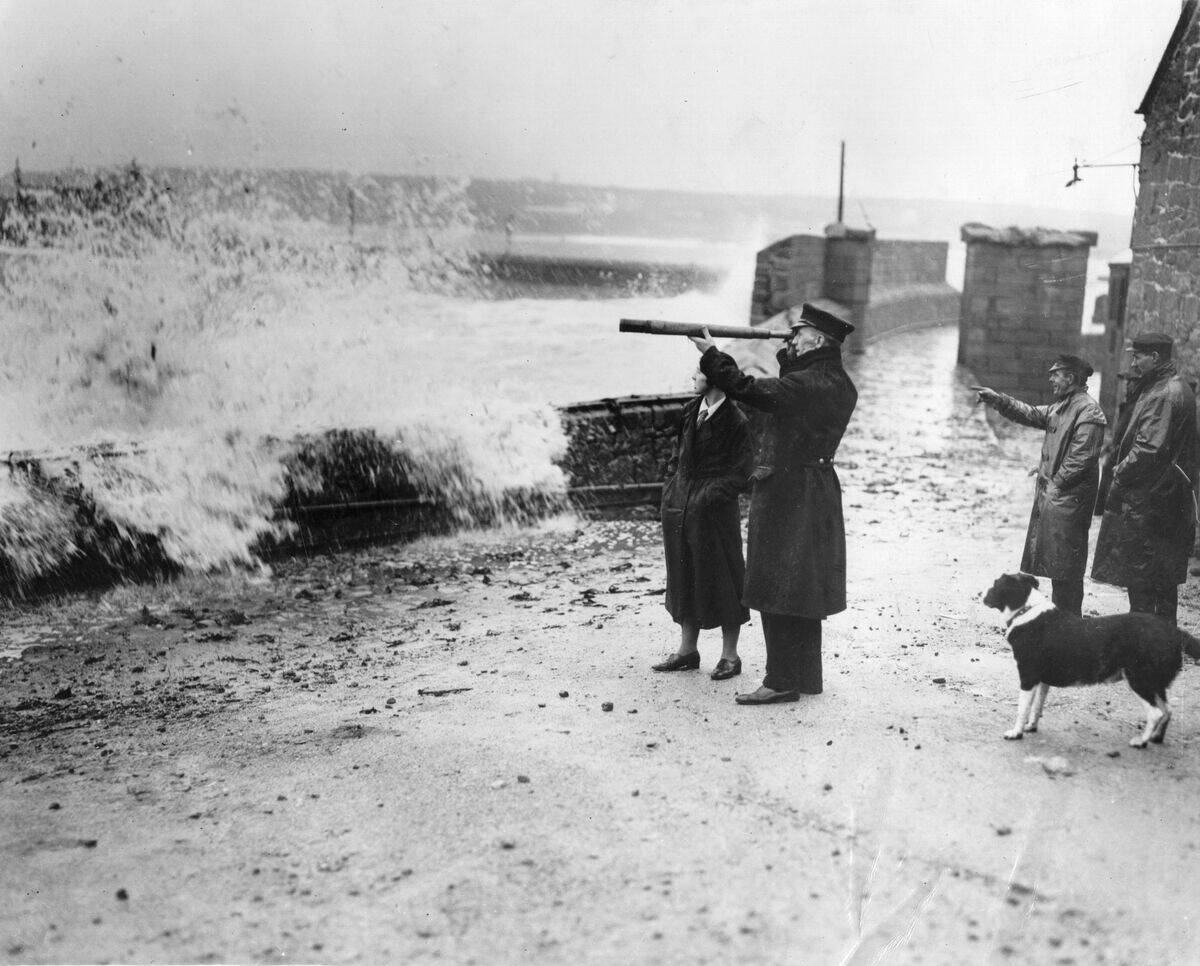
Lighthouse keepers were no strangers to severe weather, often facing powerful storms and towering waves. The structures were built to withstand these elements, with thick walls and sturdy foundations.
Keepers had to remain vigilant, sometimes braving the storms to ensure the light stayed lit. Their resilience was tested during hurricanes and harsh winters, but their commitment to safety never wavered. These experiences forged a deep respect for the power of nature and the importance of their role.
The Evolution of Lighthouse Technology: From Wick Lamps to LED
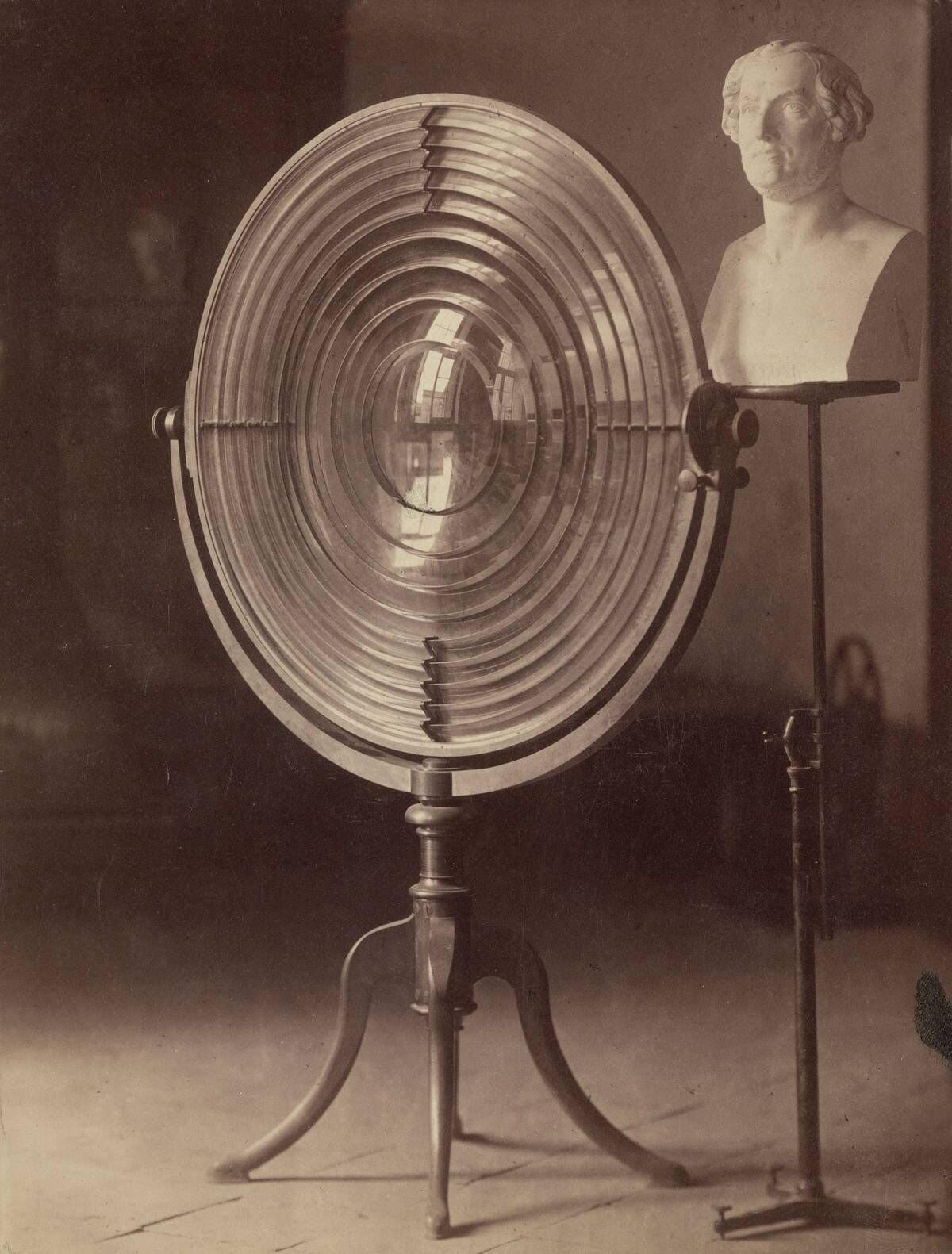
Lighthouse technology has evolved significantly over the centuries. Early lighthouses relied on open fires or wick lamps, which were labor-intensive and not very bright. The invention of the Fresnel lens (pictured) in the 1820s revolutionized lighthouse lighting, allowing for a more powerful and efficient beam.
Today, most lighthouses use LED lights, which are energy-efficient and require minimal maintenance. This technological evolution has allowed lighthouses to continue serving their vital function with greater reliability.
Famous Lighthouse Keepers: Tales of Heroism and Dedication
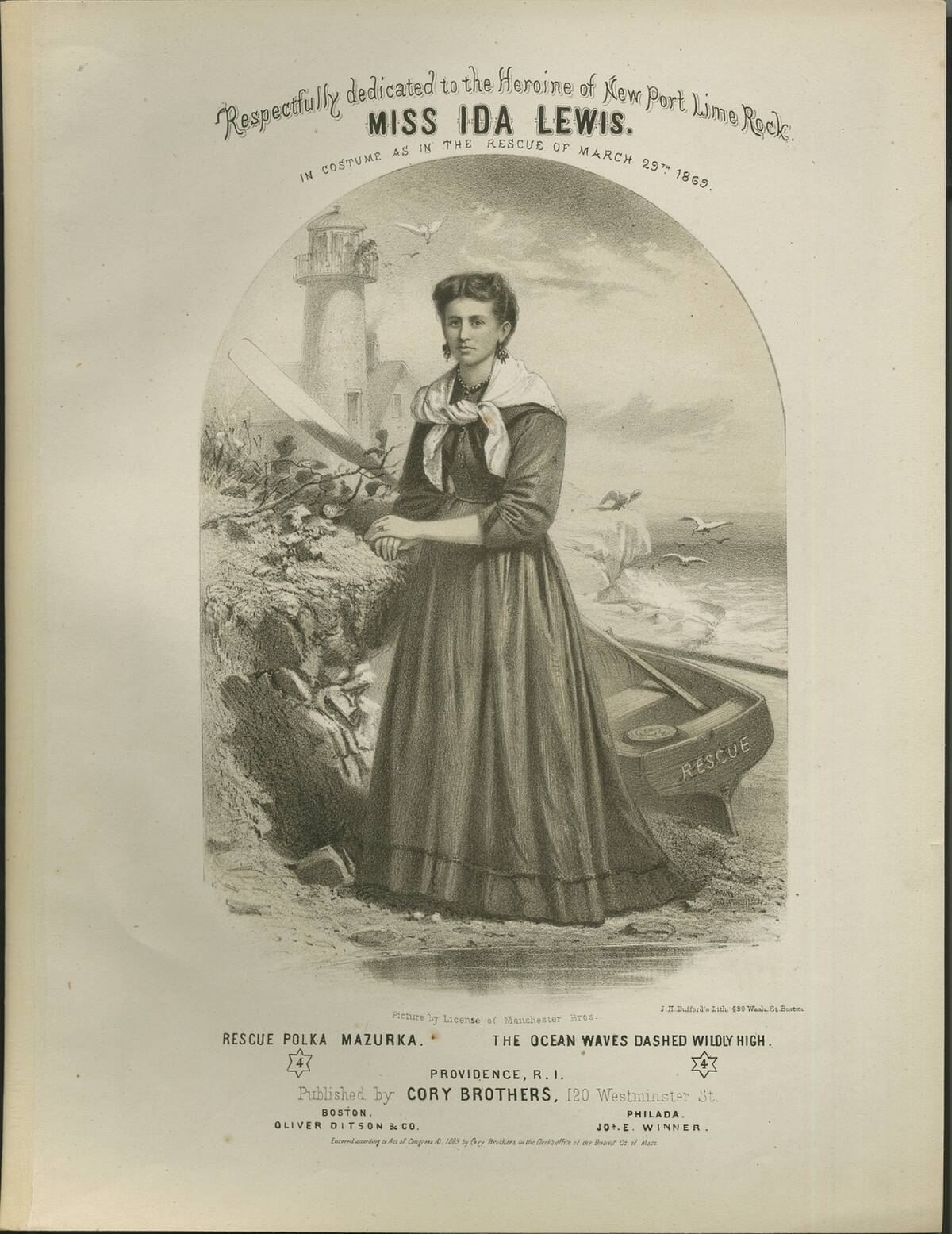
One of the most renowned lighthouse keepers was Ida Lewis, who bravely saved 18 lives during her tenure at Lime Rock Lighthouse. She became a national hero in the 19th century for her fearless rescues.
Another notable figure is Henry Hall, who survived an unusual lighthouse fire at the age of 94 and continued his duties undeterred. Sadly, he wouldn’t survive for long and passed away six days later. These stories highlight the courage and dedication displayed by keepers, whose selfless actions have become legendary in maritime history.
Training and Skills: What It Takes to Be a Lighthouse Keeper
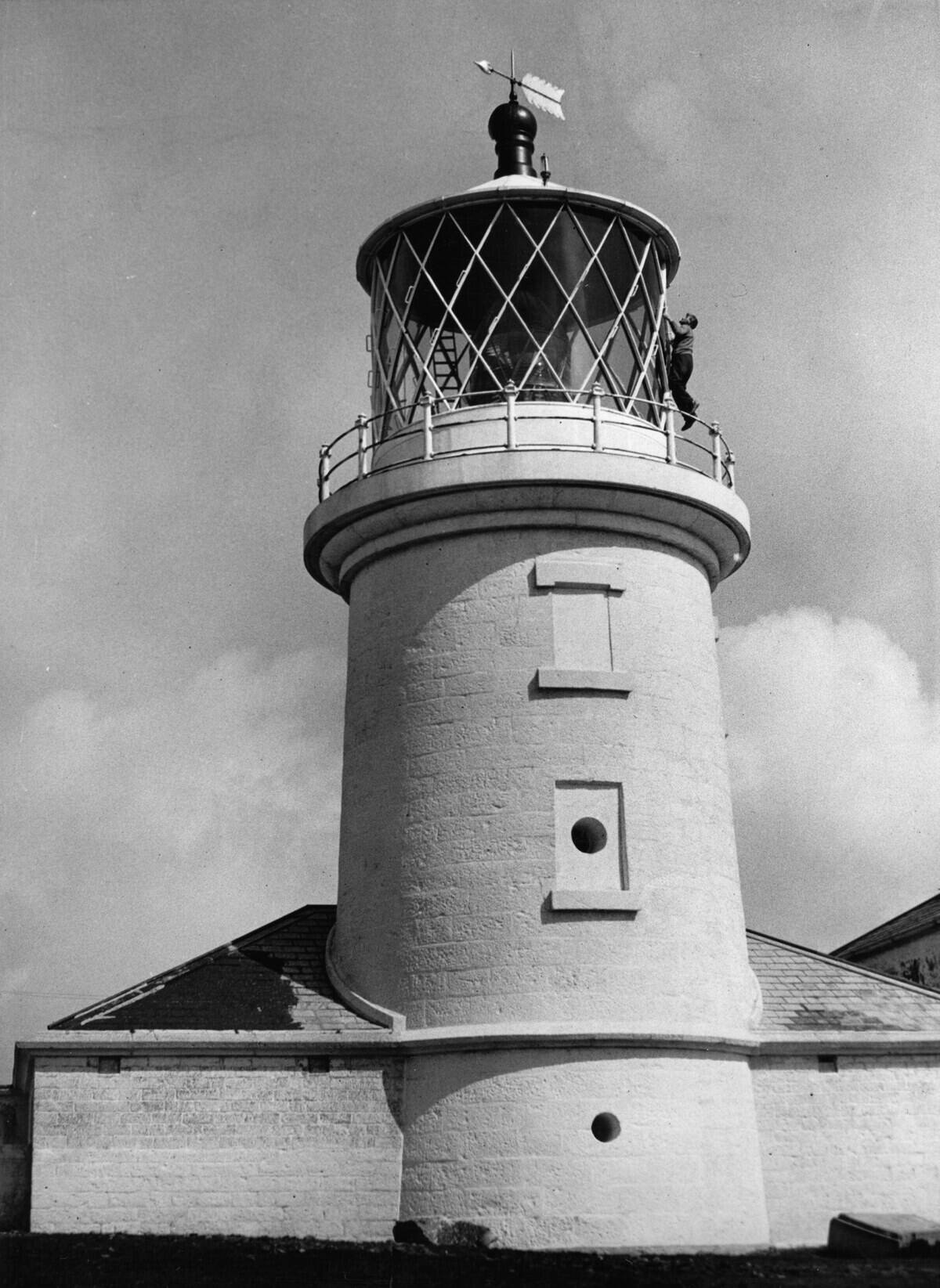
Becoming a lighthouse keeper required a unique set of skills, including mechanical aptitude and a keen understanding of maritime navigation. Training involved hands-on experience with the lighthouse’s machinery and learning to interpret weather patterns.
Keepers needed to be adept at handling emergencies, from first aid to radio communication. Patience, resilience, and a love for solitude were essential traits for those who chose this demanding yet rewarding profession. Their expertise ensured the operational effectiveness of these vital beacons.
Lighthouse Families: Growing Up by the Sea

Children of lighthouse keepers experienced a unique upbringing, surrounded by the sea’s vastness and nature’s wonders. They often assisted with daily chores, learning valuable skills and responsibility from a young age. Despite the remote locations, many children attended local schools or were homeschooled.
If the lighthouse was on a remote island, it wasn’t unusual for the child to live with another family so they could have easier access to education. Recreational activities included beachcombing, fishing, and exploring the rugged coastline. Growing up in such an environment often instilled a deep appreciation for the ocean and a lifelong connection to maritime life.
Women in Lighthouses: Breaking Waves and Breaking Barriers
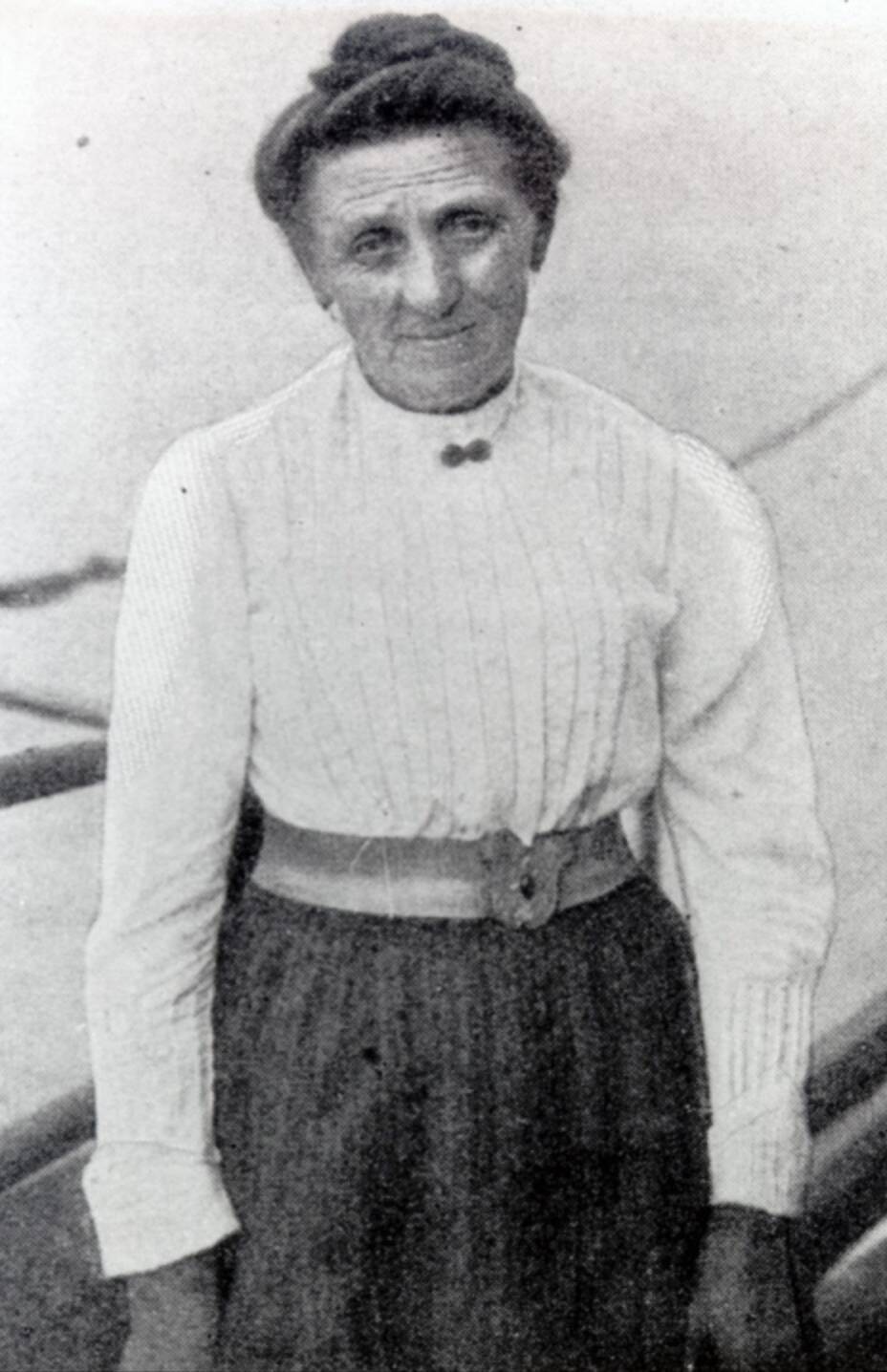
Women have been integral to lighthouse history, often stepping into the role of keeper when needed. In the 19th century, women like Katherine Walker managed lighthouses with skill and determination, defying societal norms.
These pioneering women balanced the demands of lighthouse duties with family responsibilities, proving their capability in a male-dominated field. Their contributions have been increasingly recognized, highlighting the vital role women played in safeguarding coastlines and advancing gender equality in maritime professions.
The Art of Communication: Signal Flags and Radio Waves
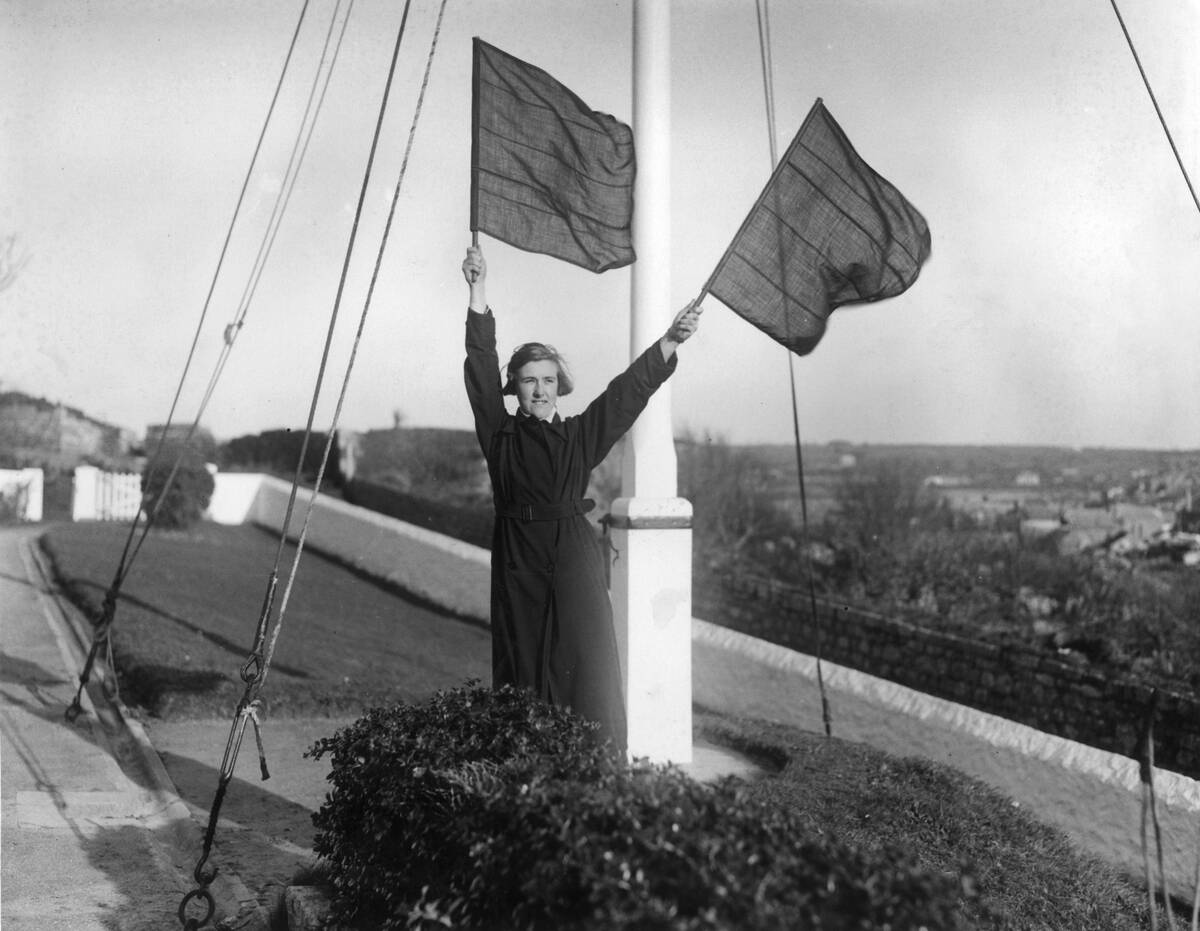
Communication was a crucial aspect of lighthouse operations, with keepers using signal flags to convey messages to passing ships. This method required a deep understanding of flag systems and was often used to warn of dangers or relay weather updates.
With the advent of radio technology, communication became more efficient and reliable. Keepers were trained in Morse code and radio operation, allowing for real-time exchanges with vessels and other lighthouses. This evolution transformed maritime safety and coordination.
Automation and Its Impact: The End of an Era
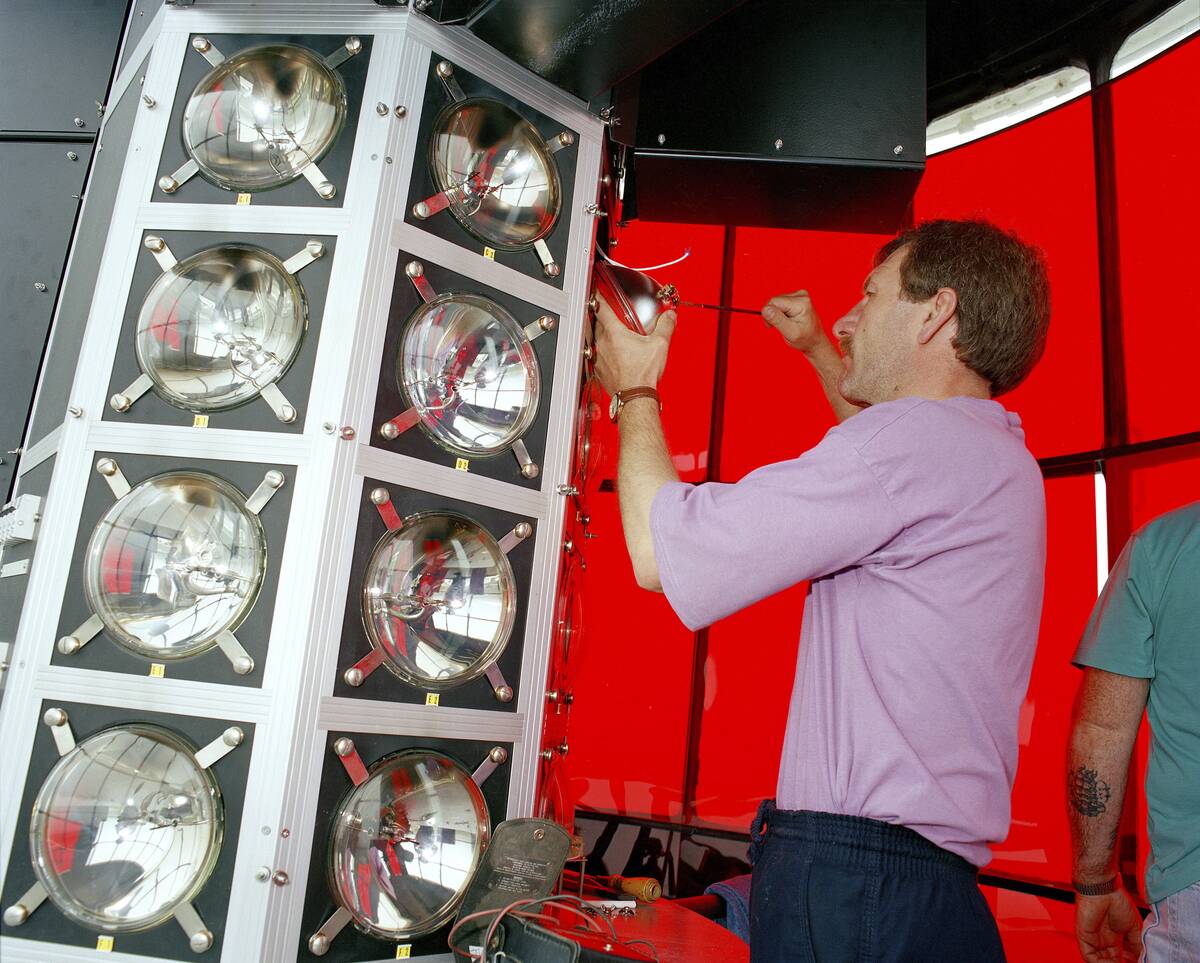
The introduction of automation in the late 20th century marked a significant shift in lighthouse operations. Automated systems reduced the need for full-time keepers, relying on technology to maintain the lights and monitor conditions.
While this improved efficiency, it also led to the decline of the traditional keeper role. Many lighthouses are now unmanned, with remote monitoring systems in place. This transition signifies the end of an era, but efforts to preserve the history and legacy of lighthouse keepers continue.
Modern Lighthouse Keepers: Preserving History and Tradition

Today’s lighthouse keepers focus on preservation and education, ensuring these historic sites remain accessible to the public. They manage visitor centers, conduct tours, and maintain the grounds, sharing the rich history of lighthouses with visitors.
Modern keepers often collaborate with historical societies and volunteer groups to restore and protect these iconic structures. While the role has changed, the dedication to maritime safety and heritage preservation remains at the heart of their work.
Lighthouse Legends and Ghost Stories: Mysteries of the Coast
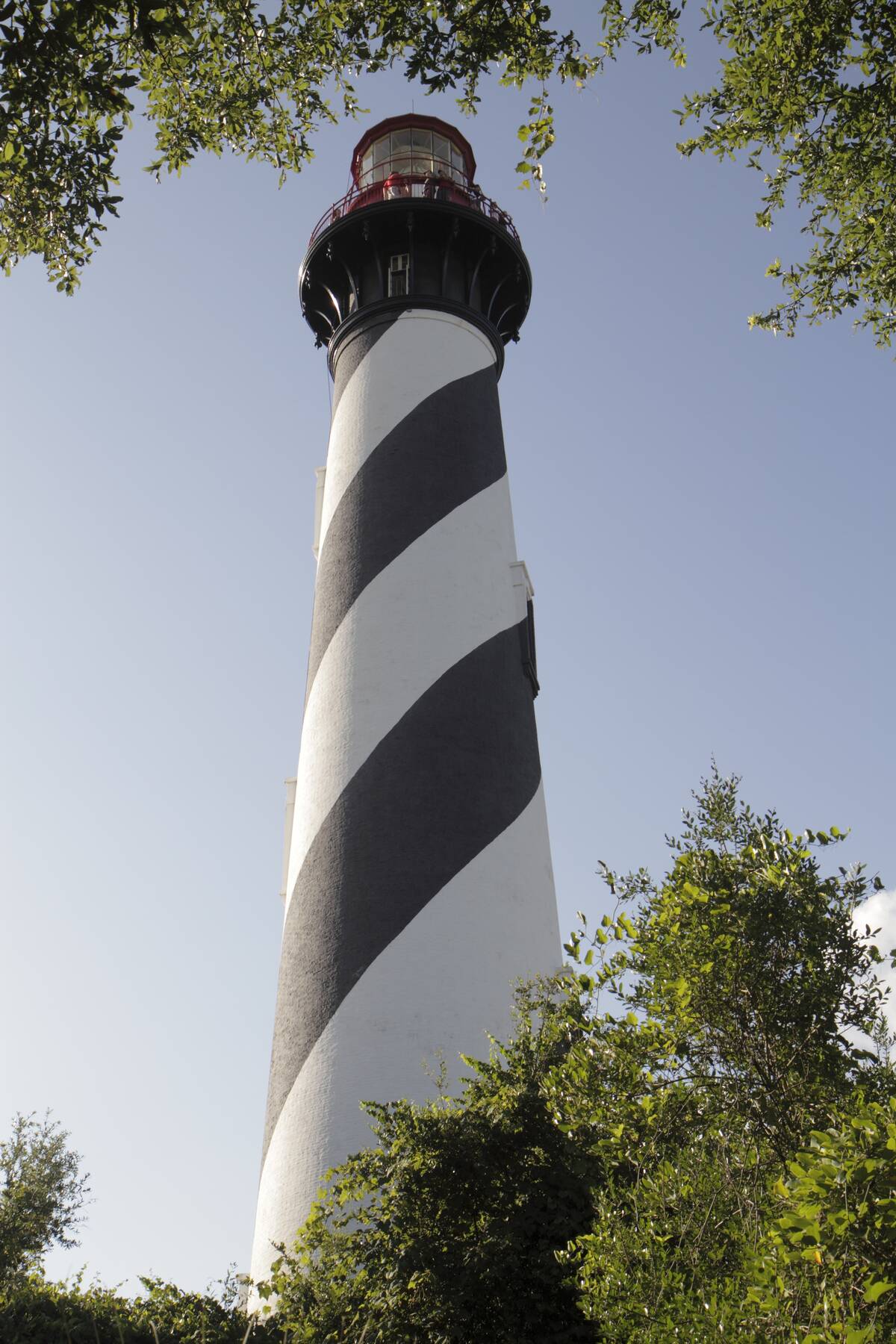
Lighthouses are often shrouded in legends and ghost stories, adding an air of mystery to these coastal sentinels. Tales of haunted lighthouses, like the eerie apparitions at St. Augustine Lighthouse, captivate visitors and locals alike.
These stories, passed down through generations, often blend historical facts with folklore, creating a rich tapestry of maritime mystery. Whether fact or fiction, these legends contribute to the allure and mystique of lighthouses, inviting enthusiasts to explore their enigmatic past.
Visiting Historic Lighthouses: A Guide for Enthusiasts

Exploring historic lighthouses is a rewarding experience for maritime enthusiasts. Many lighthouses offer guided tours, showcasing their unique architecture and history. Popular destinations include Cape Hatteras Lighthouse in North Carolina, known for its distinctive black-and-white stripes, and the scenic Portland Head Light in Maine.
Visitors can climb the towers for breathtaking views and learn about the keepers’ lives through exhibits and displays. For those passionate about maritime history, lighthouse visits provide a glimpse into the past and a deeper appreciation for these coastal guardians.



